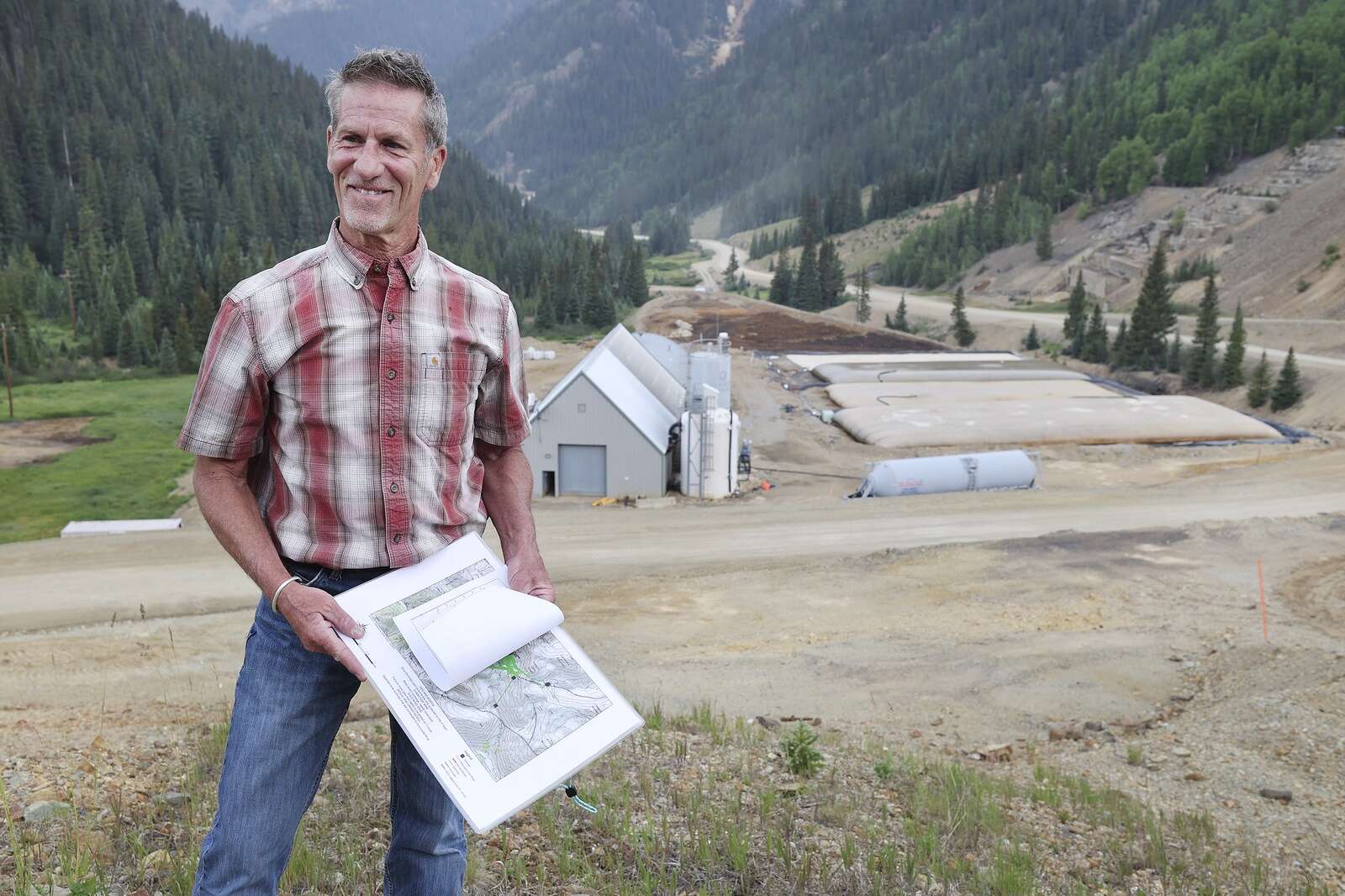UPDATE: As the 10-year anniversary of the Gold King Mine spill approaches, the community of Silverton, Colorado, faces a critical moment of reflection and urgency. On August 5, 2015, about 3 million gallons of toxic mine drainage flooded into local waterways, raising alarms worldwide about environmental contamination. Despite the passage of time, the effects of this disaster continue to resonate within the community.
In the weeks leading up to the anniversary, locals and officials are emphasizing the need for patience as the Environmental Protection Agency (EPA) continues its cleanup efforts. The spill, which sent a plume of bright orange water down the Animas and San Juan rivers, was initially perceived as a catastrophic environmental crisis. However, subsequent assessments revealed that the long-term damage was less severe than anticipated, with no significant fish deaths reported.
“The spill brought much-needed attention to the ongoing issues of abandoned mines and their pollution,” said Ty Churchwell, mining coordinator for Trout Unlimited. The Gold King Mine incident served as a wake-up call, exposing the invisible threat posed by hundreds of inactive mines that continuously leach heavy metals into the ecosystem.
In the aftermath, the Bonita Peak Mining District Superfund site was established, a decision that sparked significant debate within Silverton. Community leaders initially grappled with the implications of accepting a Superfund designation, fearing it would tarnish the town’s reputation and deter tourism. However, a year later, leaders unanimously accepted the designation, recognizing it as essential for future environmental protection.
Despite initial concerns, the tourism sector has not experienced the downturn many feared. Silverton’s businesses have seen an influx of EPA personnel visiting the area, contributing to local commerce. “In some ways, it’s helped us,” stated Scott Fetchenhier, a local commissioner and business owner.
In the years since, the EPA has made significant strides in remediation. The agency has completed surface water and soil sampling, built a water treatment plant, and prioritized cleanup of multiple mine sites. “Major stabilization work has been completed at the Red and Bonita Mine,” noted Chara Ragland, chairwoman of the Community Advisory Group.
However, some community members question the pace and effectiveness of the cleanup, feeling that less visible progress has been made. “In 10 years, what have they done? They’ve moved a lot of dirt,” said former Mayor Molly Barela. Locals express concern that the scope of the Superfund site is too broad, with only a handful of mines contributing the majority of pollution.
The recent passage of the Good Samaritan Remediation of Abandoned Hardrock Mines Act of 2024 brings a new hope for mine remediation. Designed to encourage cleanup efforts at smaller, neglected sites, this law aims to provide legal protections for entities willing to address pollution from abandoned mines.
Despite the challenges, there are signs of recovery. Fish are returning to stretches of Mineral Creek, once devoid of life. “This is a long-term project,” Ragland emphasized. “Expecting the EPA to fix everything in 10 years is unrealistic.”
As the community gears up for the anniversary, residents embody a spirit of resilience and patience. “If you could sum up the last 10 years in one word, it’d be ‘patience,’” Fetchenhier remarked. With significant efforts underway and a commitment to advocacy, Silverton stands at a crossroads, looking toward a cleaner and more sustainable future.
The anniversary serves as a poignant reminder of the ongoing struggle against environmental contamination and the community’s dedication to ensuring a safer tomorrow. Stay tuned for more updates as the situation develops.






































































